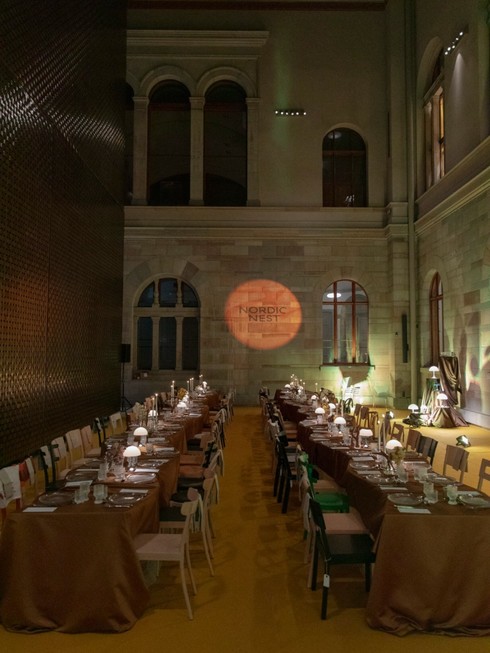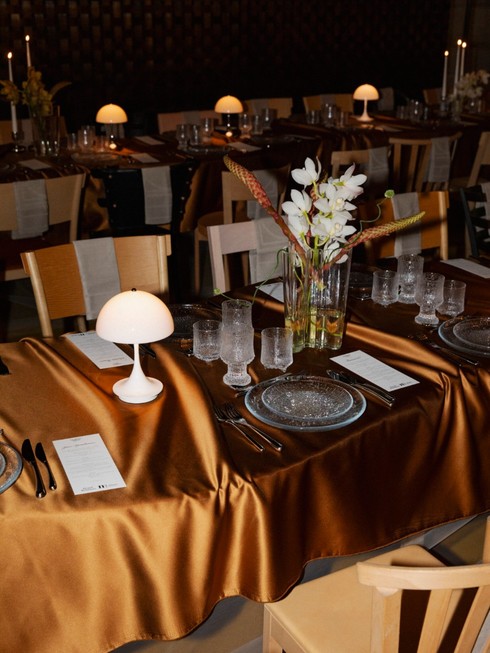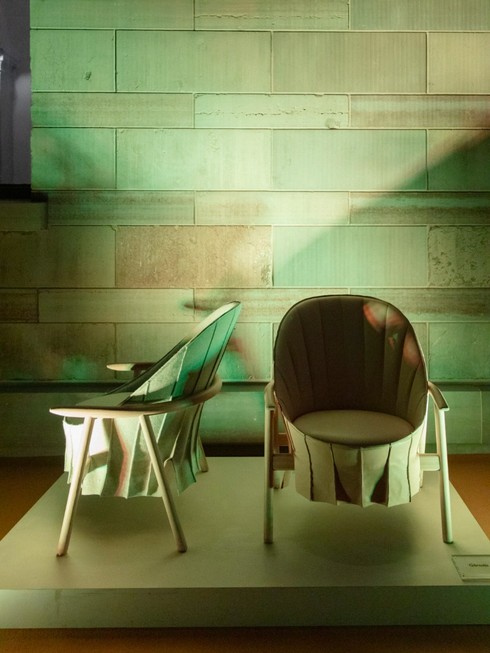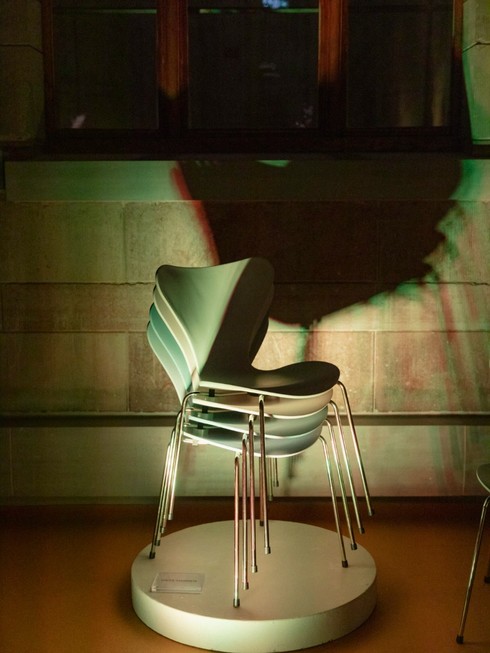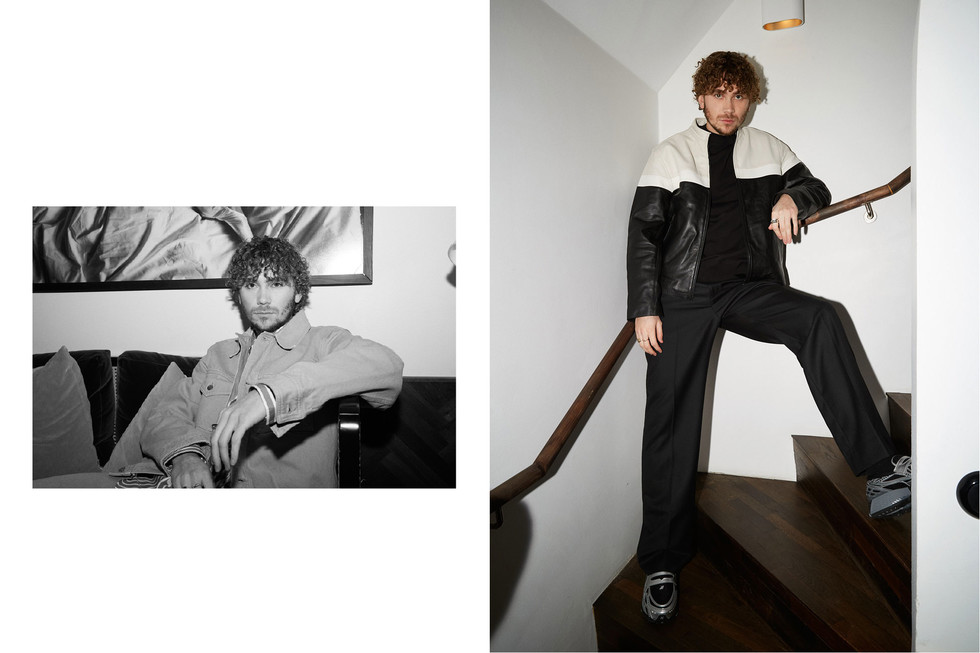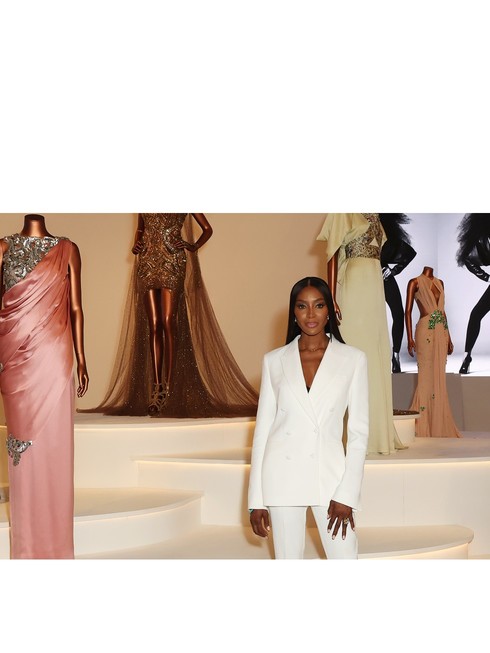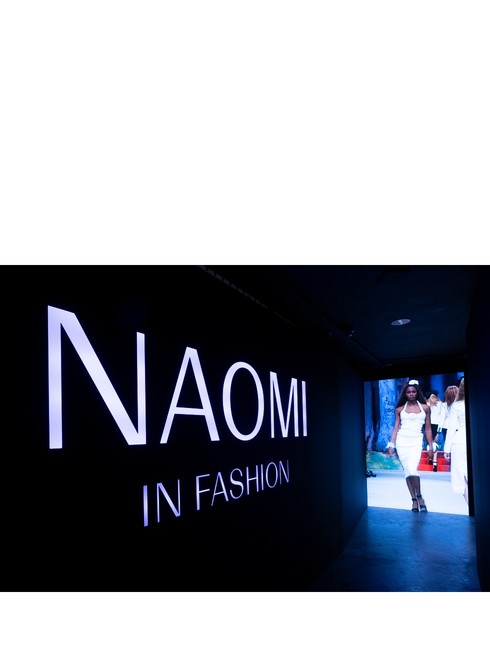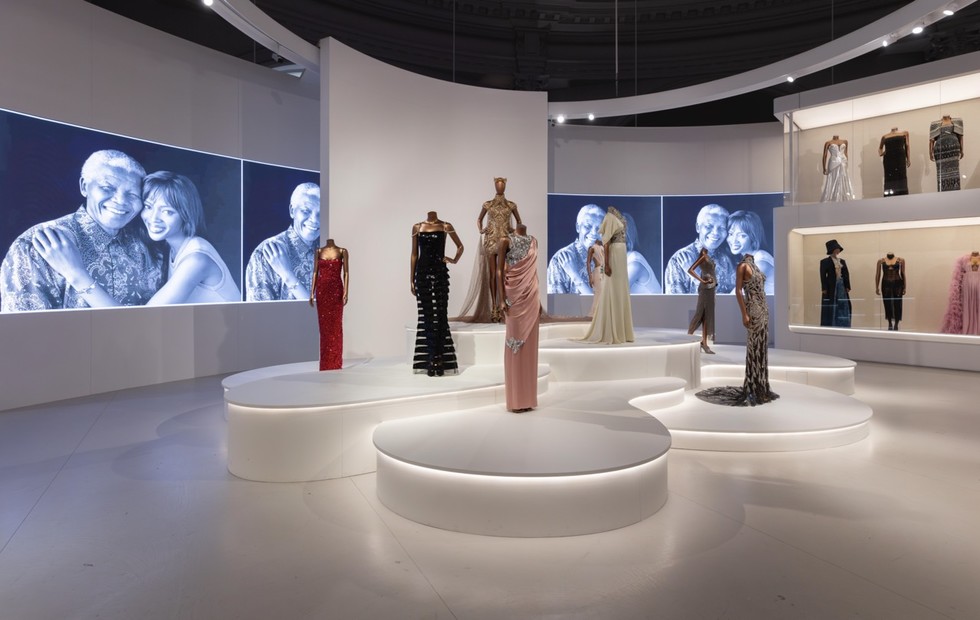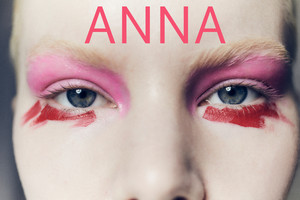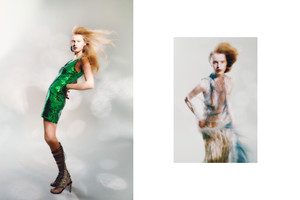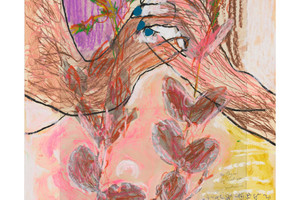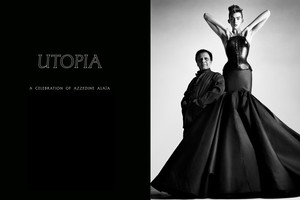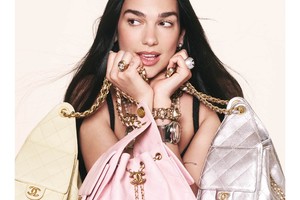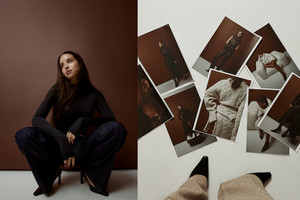Beyond Retail: Nordic Nest Elevates Scandinavian Design on the Global Stage
Written by Jahwanna BerglundDuring Stockholm Design Week, Nordic Nest redefined its role in the design industry—not just as a retailer, but as a cultural bridge connecting Scandinavian craftsmanship with the world. For the first time, the company hosted an international design event, providing a platform for Iittala, Fritz Hansen, Audo Copenhagen, Louis Poulsen, and Gärsnäs to unveil their latest collections.
This initiative reflects Nordic Nest’s commitment to amplifying the presence of both established and emerging Nordic brands on a global scale. By creating opportunities for international exposure, the company is reshaping the way Scandinavian design is experienced—beyond transactions, towards a broader cultural and artistic dialogue.
More than just a showcase, the evening offered guests an immersive experience in Scandinavian design philosophy. Attendees were invited to a carefully curated table setting and seating experience, designed by the participating brands themselves. This interactive setting allowed guests to not only view the collections but also engage with them in a real-world context—a celebration of both form and function. Alongside this hands-on presentation, representatives from each brand introduced their latest collections, sharing the stories, craftsmanship, and inspiration behind the designs.
“We see ourselves as more than just a retailer; we’re partners in the success of Scandinavian brands,” says Bank Bergström, CEO of Nordic Nest.
“This dynamic week dedicated to design presents the perfect opportunity to elevate Scandinavian design across the globe. This event was our first of its kind, and it reflects our dedication to providing brands with a platform to not only sell but also to gain the visibility and recognition they deserve. By taking this step, we’re expanding the reach of Scandinavian design beyond the Nordic region.”
The event underscored how Nordic Nest actively invests in the storytelling, heritage, and innovation behind Scandinavian design, ensuring that these brands aren’t just available for purchase but actively celebrated through strategic collaborations, international outreach, and curated showcases.
The participating brands brought iconic heritage pieces and forward-thinking creations to the event, reinforcing the intersection of craftsmanship, history, and contemporary aesthetics:
Iittala unveiled Solare, a new tableware collection inspired by the power of light, featuring glassware, textiles, and home accessories that explore the interplay of brightness and form.
Fritz Hansen offered an exclusive preview of new anniversary editions of its Series 7 chair, marking 70 years since Arne Jacobsen’s iconic 1955 design redefined modern seating.
Audo Copenhagen introduced the Pavot Collection, a sculptural series of vessels designed by New York-based creative Colin King. The pieces, crafted in aluminum with a bronzed patina, merge ancient influences with contemporary craftsmanship, inspired by the organic shape of a poppy seed pod.
Gärsnäs presented the HidaHida armchair, a stunning collaboration with renowned Japanese architect Kengo Kuma, designed in Japan and crafted in Sweden—an elegant symbol of the deep synergy between Japanese and Scandinavian design philosophies.
Louis Poulsen showcased its Panthella 160, a portable version of Verner Panton’s classic Panthella lamp, blending iconic organic design with modern versatility for contemporary living spaces.
Beyond this event, Nordic Nest has taken on an increasingly active role in promoting Scandinavian aesthetics on the world stage. Through strategic marketing, exclusive collaborations, and international events, the company ensures that these brands receive the global attention they deserve.
“What sets us apart from other e-tailers is our deep commitment to storytelling and brand-building,” Bergström continues. “We don’t just sell Scandinavian design—we help shape its global presence. This is our first time creating an event of this scale, and we’re proud to support the brands we work with in a new and meaningful way.”

